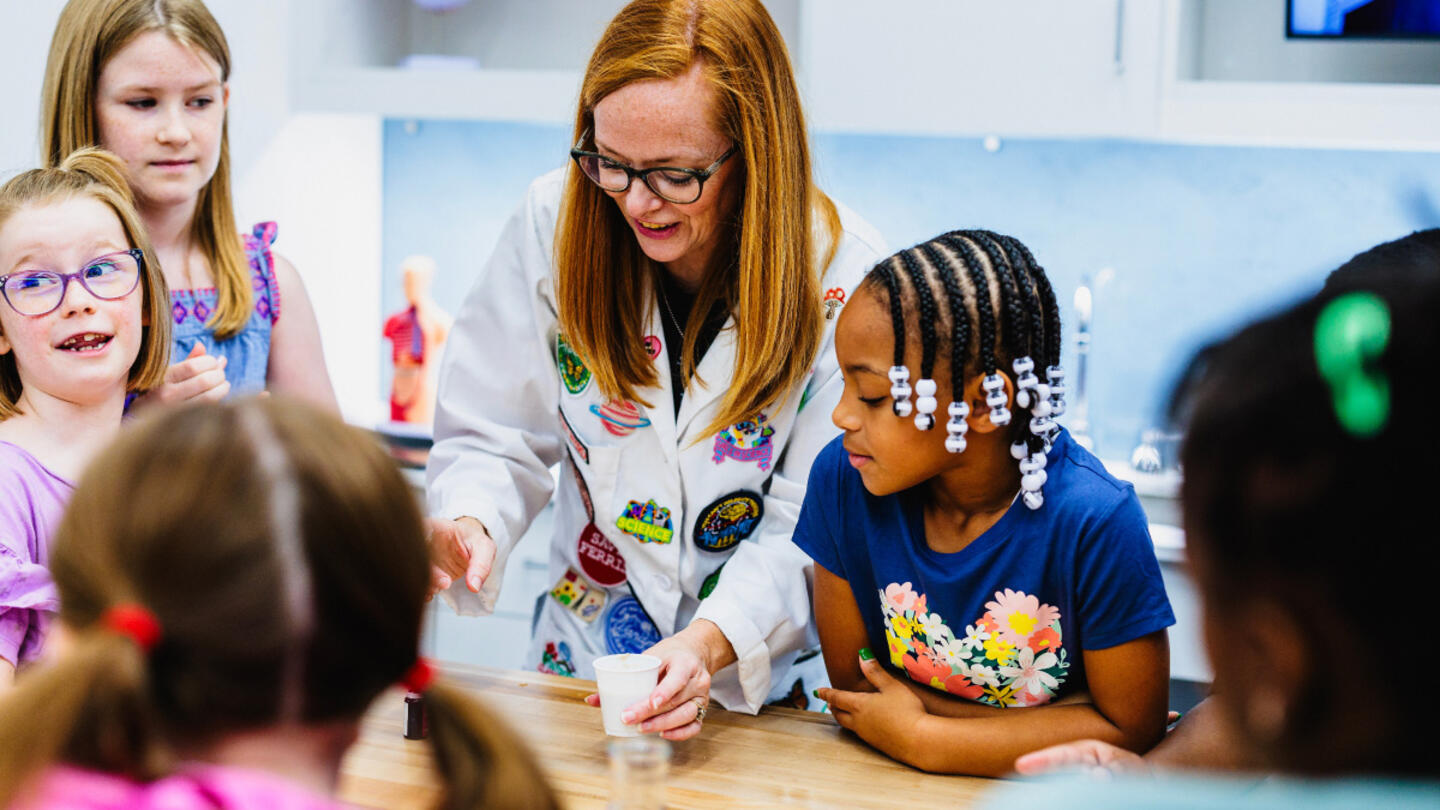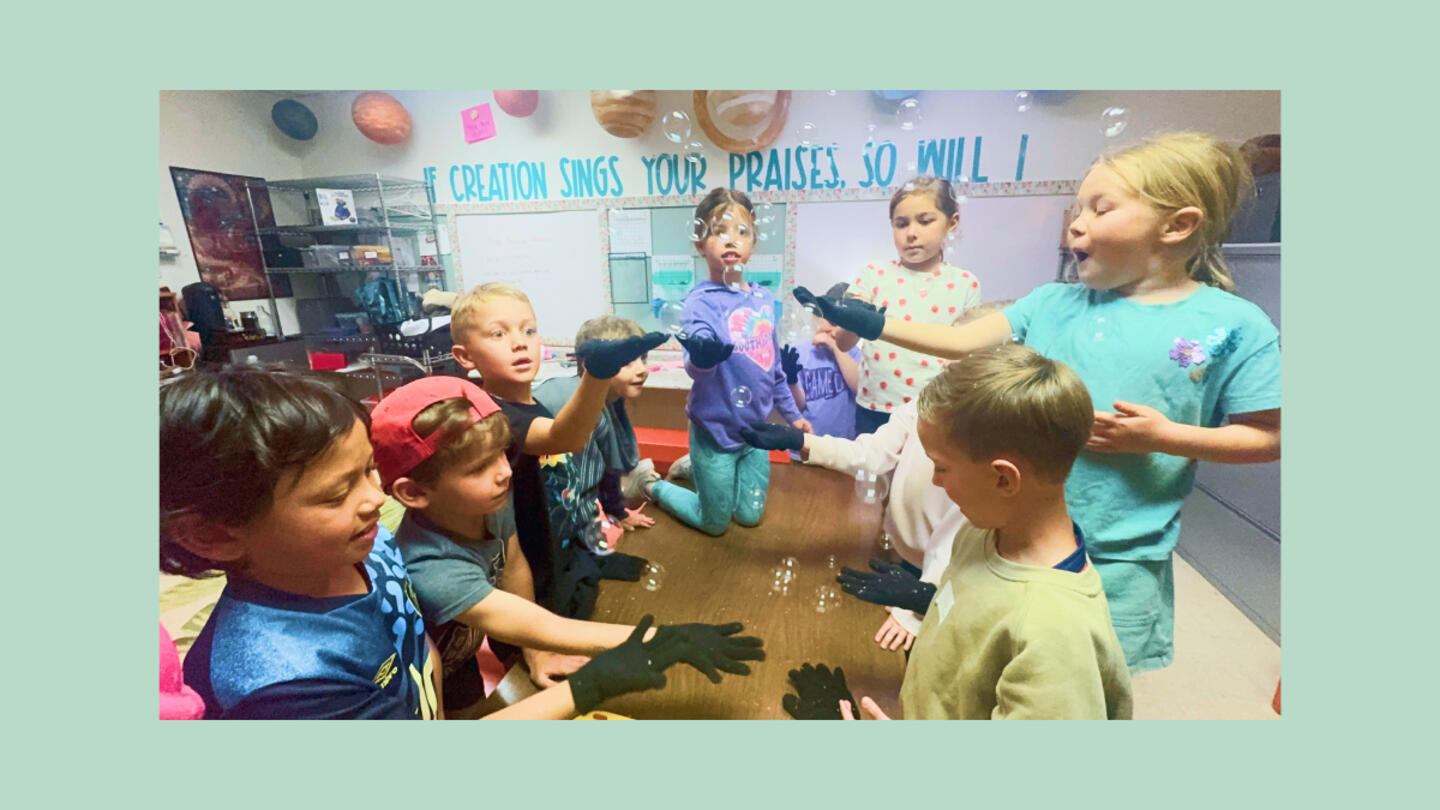After attempting to homeschool her two special needs sons by herself, it was clear to Arkansas mom Christina Johnson that she couldn’t address their unique needs alone.
She found the perfect microschool that would allow her son, Eli, to learn in his own way while benefiting from being around children. But even while working extra weekend hours, Johnson struggled to afford tuition — until she found and applied to the LEARNS education freedom account.
“I told myself I would work as many hours as I could for Eli to stay, but ultimately, I knew I could not do it for his entire educational experience,” Johnson said. “Like any parent, I want my child in a place where he will benefit the most. I want him to be safe, understood, and loved. The EFA program allows that to happen where he is. It allows him to be exactly where he needs to be.”
LEARNS is one example of an education savings account. ESAs are portions of state funding that families can apply for and use toward their child’s education in the way that best meets their needs. Actual amounts vary by state.
“[ESAs] are state education dollars going toward you deciding yourself and having self-determination as a parent for what kind of education you want,” said Lisa Snell, senior fellow of education at Stand Together Trust.
But there are a lot of misconceptions surrounding ESAs, sometimes stalling expansion efforts and preventing more parents from gaining access to them. In Florida, Louisiana, and Texas, ESAs have faced criticism that they’re taking money from taxpayers to fund families that want to switch into private schools.
Here, Snell debunks some of the most common myths surrounding ESAs and highlights why they’re actually helpful to communities at large — no matter who’s using them.
Myth #1: ESAs only benefit the wealthy
The first misconception surrounding ESAs is that they are only helpful to families with money. Snell explained, however, that “the longer ESAs are around, the more they start to look like the financial demographics of the community.”
In reality, most school choice programs (partially funded through ESAs) are awarded based on a family’s financial situation and primarily focus on supporting low-income students. ESAs have a better chance of sustaining longevity in a community when a mix of families can benefit from them — meaning there’s a vested interest in making sure that families across the economic spectrum can use them.
Additionally, many navigators and support groups, like Love Your School, exist to support low-income families along their journeys to apply for and use ESAs.
“In many cases, these programs wouldn’t exist if they weren’t universal and if low-income families couldn’t take advantage of them,” Snell said. “Having an abundance framework versus a scarcity framework is what these ESA programs do. They open up access for all students, and it’s on us in the philanthropic community to help families join in these programs and become substantial users of the program.”
Sign up for Stand Together's K-12 newsletter and get stories, ideas, and advice from changemakers who are transforming education across the country.
Myth #2: ESAs drain taxpayer dollars
There are persisting myths that ESAs will use up a disproportionate amount of the state budget and possibly even send the state into bankruptcy. In reality, Snell said, ESAs generally receive a smaller portion of state funding than what a public school would receive for the same number of students.
A fiscal analysis of the New Hampshire Education Freedom Account Program found that ESAs generated nearly $9 million in taxpayer savings in the 2023-24 school year and are projected to generate $23 million in savings annually from the current cohort of students.
Part of the reason for the savings is that ESAs fund direct peer-to-peer relationships: Whether they’re used for private school tutoring, buying occupational therapy for a special needs student, or a host of other possibilities, the ESA goes directly to the service provider, without paying an administrative middle man. Funding public schools, on the other hand, requires paying for a level of bureaucracy, including insurance and pensions.
Myth #3: ESAs only fund students switching to private school
Although ESAs certainly do fund some students who are entering private schools, the bottom line is that they are meant to fund whatever will help a student reach their full potential in the classroom, whether that’s private school tuition, tutoring, or any combination of resources.
Snell explained that parents can unbundle ESA funding and use it for multiple resources that they find helpful for their child’s unique needs and goals. This might include tools as varied as physical education clubs, homeschool curriculum, or music or art lessons.
Snell described a coworker who worked with her husband to use an ESA “to be able to customize and design a very cool, personalized education program for their child. I have tons of friends and family in Arizona that are using the education savings accounts. In our community, the ballet teacher at the local ballet is running a microschool. I personally, every day, run into someone who’s using an education savings account in an interesting way.”
“Education savings accounts are a way to let people decide how they will educate their kids in a way that is more personalized and customized than other kinds of education,” Snell continued.
Snell also pointed out that there is a common misconception that a private school student receiving an ESA is “stealing” money from public school students. In reality, all students have equal access to ESAs, especially because they fund much more than just switching to private schools.
Myth #4: ESAs take from public schools
Even though they sometimes fund students who are leaving the public school system, ESAs can actually help improve and strengthen public schools as well.
“If there’s a kid in a private school that gets an ESA, that’s portrayed as taking the money [away from the public schools],” Snell said. “But that student has the right to enroll in any public school in any community at a much higher price. Even though they have every right to it just like any other student in the state, and they could at any time enroll in a public school, that is seen as some kind of ‘stealing’ because they were already in a private school.”
Expanding education options creates a competitive marketplace that incentivizes public schools to improve their offerings. Snell explained that in nearby Vail, Arizona, the public school system was able to offer an extracurricular program to ESA families, allowing homeschooled or private students to pay subsidized prices to join the schools’ clubs, courses, and sports teams.
“In order to compete with emerging education options, they started doing things that they haven’t done in the past,” Snell said. “In the past, you had to actually attend the school district to participate in their sports or their clubs or the courses that they may have. [ESAs] open access in general to a lot more pluralistic options to everyone in the community, in a way that doesn’t happen when you have a closed system where you’re residentially assigned to a school.”
Myth #5: ESAs only benefit the families they go to
The final — and perhaps most important — misunderstanding is the belief that ESAs exist in silos. Instead, they have reverberating benefits on entire communities — even for people who don’t directly receive an ESA.
Besides the taxpayer savings and pluralistic education marketplace previously described, Snell emphasized that ESAs lead to more support and revenue for social entrepreneurs and independent educators whose services are used by ESA recipients.
ESAs also expand school choice in communities — and that leads to students equipped with the resources to explore and develop their individual aptitudes and gifts in a way that fits their unique learning styles. Youth are more empowered to pursue their full potential and to be ready to use those talents to give back to their peers later on.
“Culturally, the whole community becomes much more aware of education options that are available to them,” Snell said. “The biggest benefit is just opening up the market and the available options to families for all kinds of unique education experiences. … Since the pandemic, people [have been] solving their own problems. ESAs are just one tool that helps them.”
Stand Together Trust provides funding and strategic capabilities for innovators, scholars, and social entrepreneurs to develop new and better ways to tackle America’s biggest problems.
Learn more about Stand Together’s education efforts and explore ways you can partner with us.

‘We want these boys to know that regardless of where they come from, they still can be excellent.’

This colearning space has the potential to bridge the divide between public and private education.

New Johns Hopkins data shows homeschooling’s recent surge has transformed the education landscape.
Step 1: Find the best learning environment for your child. Step 2? Figure out how to pay for it.
